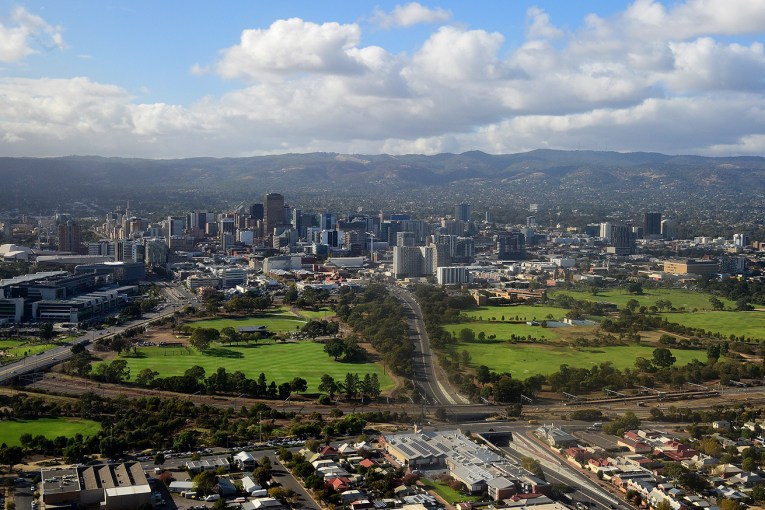Time to start printing more money, say economists

If more interest rate cuts fail to do the trick, start printing money, some economists argue. Photo: Getty
Economists say the policy of large-scale money printing by the Reserve Bank is now on the table, and it needs to be discussed more openly.
“The Reserve Bank needs to start preparing the public,” United States Studies Centre program director Stephen Kirchner said.
The Sydney University-based centre has been studying the use of money printing in the US, and argues Australia could benefit from the lessons it learned.
The Reserve Bank itself has mentioned the possibility of quantitative easing as an option if cutting interest rates no longer has the desired effects of boosting inflation and economic growth.
So, what is “quantitative easing”, or money printing as it is colloquially dubbed?
Like any other business, the Reserve Bank has assets it lists on its balance sheet, including cash.
If it were to engage in quantitative easing, it would spend that cash by buying bonds from the government or the corporate sector, effectively flooding the economy with billions of dollars of extra money.
It would also have the effect of further lowering interest rates.
That is because large scale-bond purchases drive up the price of bonds and lower their yield (or interest rate).
Those lower interest rates filter through to other parts of the economy and can drive down the cost of business loans and mortgages.
Dr Kirchner wants to get the word out that quantitative easing is not a “last resort” policy, as many view it, and it could be the shot in the arm the Australian economy needs.
“There’s nothing exceptional or unusual about quantitative easing,” Dr Kirchner said.
“It’s really just a change in the operating instrument for monetary policy from the official cash rate to outright purchases of assets.”
PR could be crucial for Reserve Bank
JP Morgan chief economist Sally Auld supports Dr Kirchner’s view that the Reserve Bank should now publicly start building a case for QE, as it is often dubbed by economists.
“The bank needs to go out there and explain exactly what it is and how they think it’s going to work and why they think it’s going to benefit the economy, so I think there are probably a couple of reasons for doing it,” she said.
But Ms Auld cautioned that before the RBA puts on the hard sell, it needs to give the government time to respond to its recent pleas for a little help in growing the economy.

Helicopter money could rain down on the Australian population. Photo: Getty
In May, RBA governor Philip Lowe told a group of economists in Brisbane the economy could use fiscal support, including through spending on infrastructure.
“And then, after all that, if we still need more, then I think it’s the turn of quantitative easing,” Mr Lowe added.
However, Dr Kirchner rejects the idea more government spending would help the economy.
“Fiscal policy still has a role, and that role is to make sure we’ve got good incentives to work, save and invest,” he said.
“But in terms of managing demand [in the economy] that’s best left to monetary policy.”
‘It’s not one to play with’
Analysts at global accounting firm KPMG agree with both the US Studies Centre and JP Morgan.
They think the Reserve Bank will pull the trigger on money printing when the big four banks stop passing on cuts to the official cash rate.
But the firm said it would be a mistake for the Reserve Bank to rush into actual implementation of the policy.
“The reality is it’s not one of those policies that you want to take too lightly because I think it is signalling to the market that there is some serious issue,” associate director of economics Michael Malakellis said.
“It’s not one to play with. It’s not one you’d want to throw out there unless it really was necessary, I would have thought.”
Mr Malakellis said along with talk of introducing money printing, the Reserve Bank and the federal government needed to keep looking at ways to boost productivity among workers.
That, he said, was sorely missing from the policy conversation.
The Reserve Bank has made it crystal clear it is eyeing the unemployment rate and will adjust interest rates depending on how easy Australians find it to land a job this year.
The ABC asked the RBA to respond to the views in this report.
A spokesperson said the RBA did not comment on monetary policy outside its own releases and speeches.








